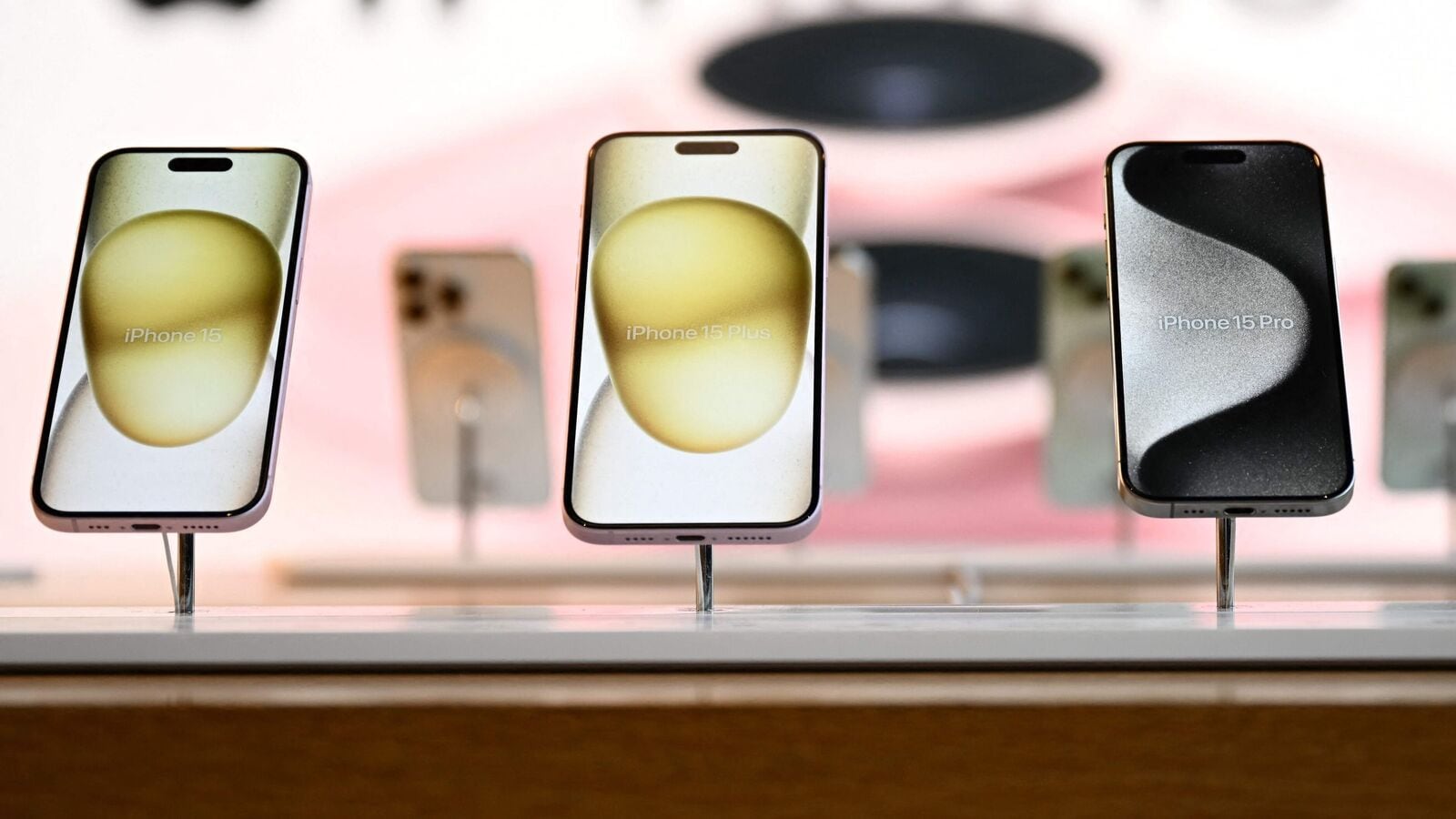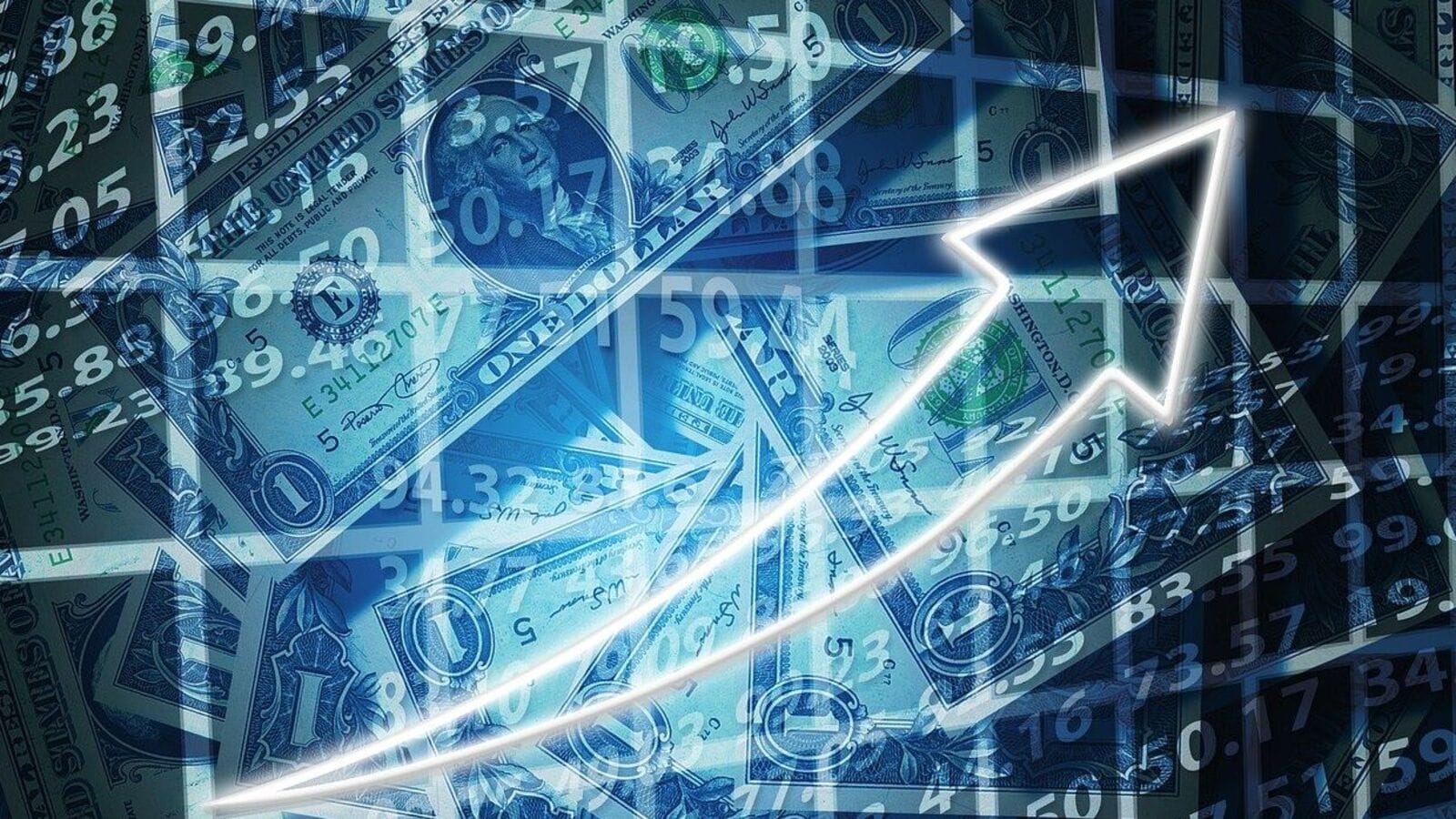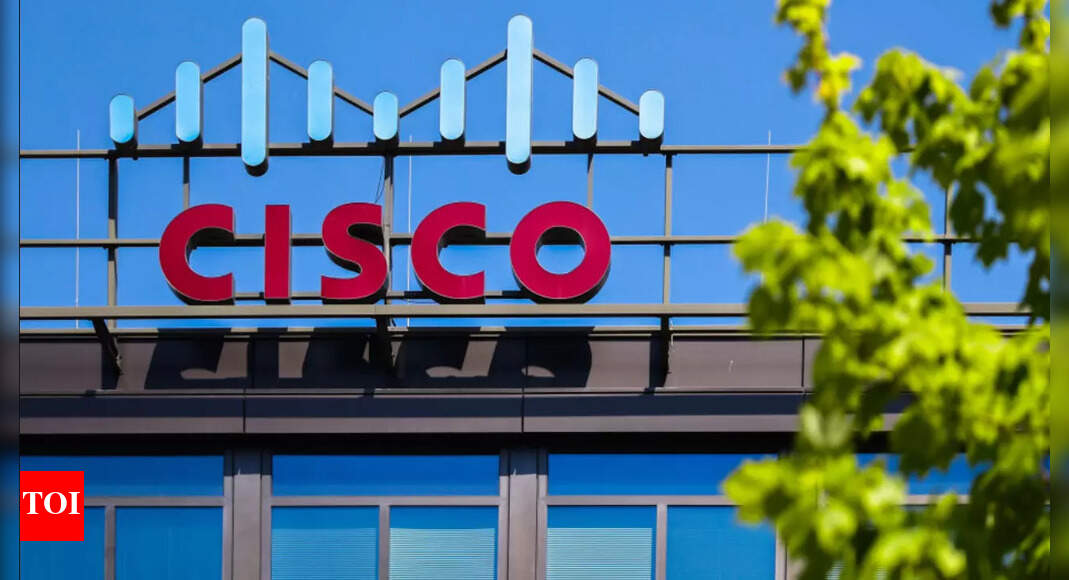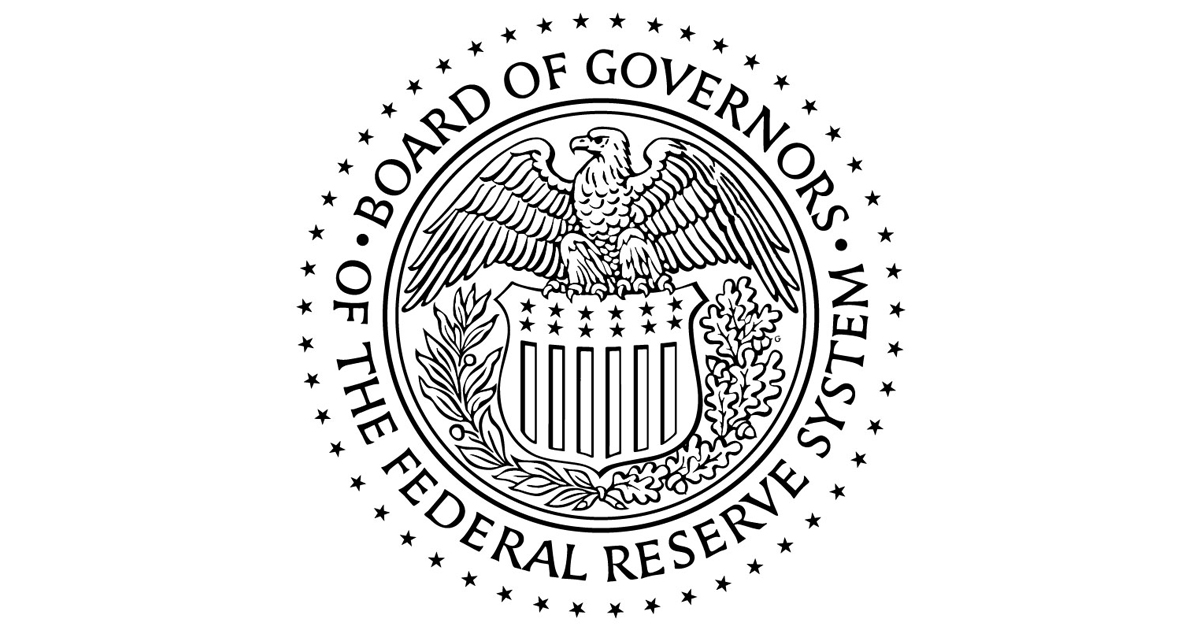US President Donald Trump’s reciprocal tariffs have sparked fears of a global trade war and raised the possibility of steep price increases for several goods, including Apple’s iPhones.
With tariffs coming into effect, a high-end iPhone is estimated to cost nearly $2,300 if Apple passes the costs on to consumers, according to a report by news agency Reuters citing projections from Rosenblatt Securities.
Apple iPhones remain the hardest hit by Trump’s tariffs with nearly 30 per cent to 40 per cent increase in costs for customers with tariffs coming into effect.
iPhone manufacturing in China
The majority of iPhones are manufactured in China, where a reciprocal tariff of 54% has been imposed. With this tariff, Apple will have to choose between absorbing the extra cost and passing it on to customers.
Post the reciprocal tariff announcement, Apple shares fell 9.3 per cent, the worst since March 2020, the report stated.
Apple sells over 220 million iPhones annually, and its biggest markets are the United States, China, and Europe.
Revised iPhone prices after Trump’s tariffs
The cheapest iPhone 16 model was launched at a price of $799 in the US; with the tariffs, it may cost up to $1,142, a 43 per cent increase if Apple passes down the cost to customers, the report said, citing analysts.
Other iPhone models, such as the iPhone 16 Pro Max, with a 6.9-inch display and 1 terabyte of storage, currently retail at $1599. With a 43 per cent increase in costs, iPhone will be priced at nearly $2300 if Apple passes on the cost to customers.
Launched in February, the iPhone 16e, a cheaper entry point for Apple’s artificial intelligence features, costs $599. A 43% price hike could push that cost to $856, and prices of other Apple devices could jump as well.
Angelo Zino, equity analyst at CFRA Research company said Apple will have a tough time passing on more than 5% to 10% of the cost to consumers.
“We expect Apple to hold off on any major increases on phones until this fall when its iPhone 17 is set to launch, as it is typically how it handles planned price hikes,” Zino told Reuters.
Even though some of the production capabilities are moving to Vietnam and India, most iPhones are still made in China. However, neither Vietnam nor India was spared from tariffs, with Vietnam paying 46% tariff and India paying 26%.
Apple would have to increase its prices by at least 30% on average to tackle the latest tariffs, as per Counterpoint Research co-founder Neil Shah.
Apple’s $500 billion investment in the US
Meanwhile, on February 24, 2025, Apple announced it would invest more than $500 billion in the US in the next four years.
“We are bullish on the future of American innovation, and we’re proud to build on our long-standing US investments with this $500 billion commitment to our country’s future,” said Tim Cook, Apple’s CEO in a statement.





